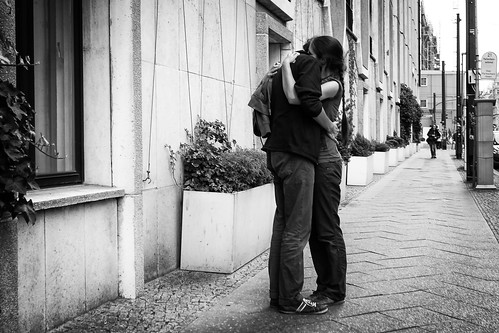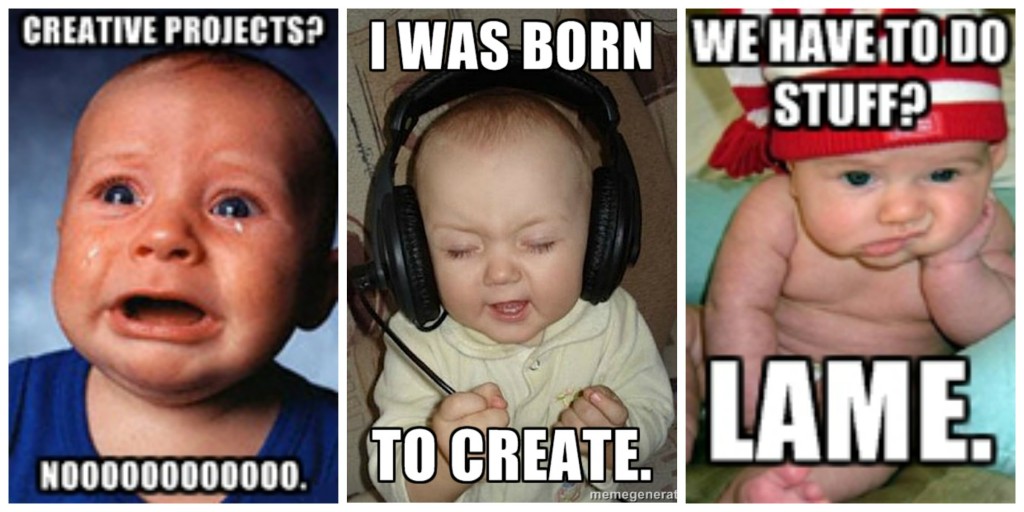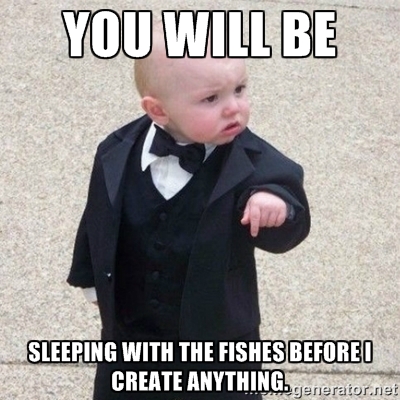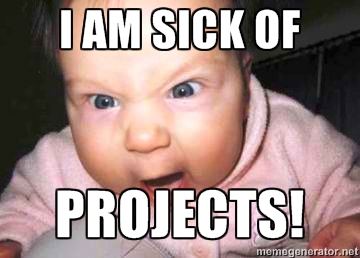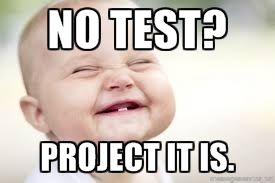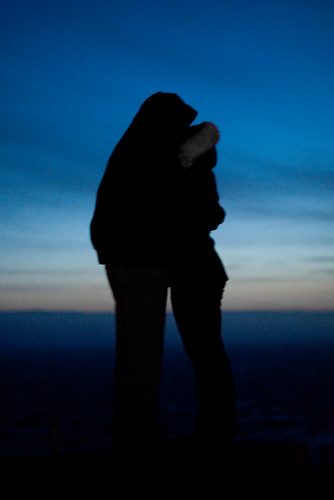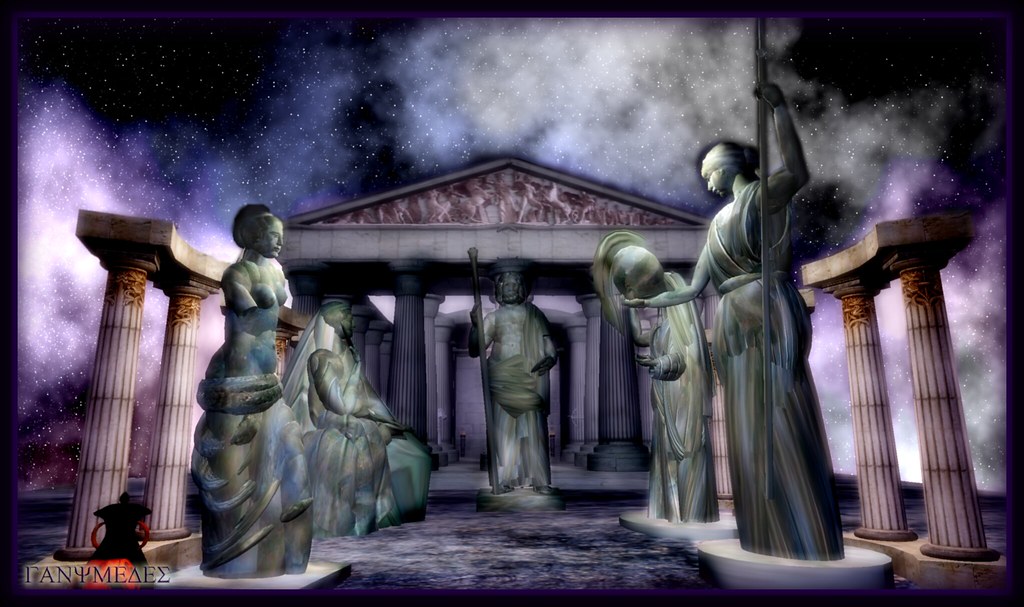 Ganymedes Costagravas via Compfight
Ganymedes Costagravas via Compfight
To prep for our upcoming freshman English Odyssey unit, we are researching the gods, goddesses, and some other mythological friends. In order to avoid the boring Powerpoint/poster board format of the days of yore, my colleagues and I tapped into popular culture and asking the students to present their research in the form of a social media profile. I went the Instagram route.
My intention was to let them choose between Instagram, Facebook, or Twitter, but as the day turned into night and the night turned into morning as I worked on the Instagram template, I decided to go to bed and so #Insta it was. (I toyed with the idea of a Snapchat template, but I just couldn’t pull that one out this time. By the next time I teach The Odyssey, there will be some other social media outlet for which I will need to devise a template.) The students had the option of printing off their template and drawing “photos” by hand, or creating a digital document using Pages.
Some things that went well:
1. The students who enjoy creative projects went to town and engagement was overall high.
2. Giving high and low-tech options met almost everyone’s needs. (With some minor tweaks, accommodations, modifications, everyone was able to meet the goals of the project.)
3. The students were focused and (for the most part everyone) used class time to its full potential, which also speaks to the engagement level. (There will always be exceptions to this rule.)
4. The research portion of the activity was effective. Every student could tell you something about the god/dess or mythical figure s/he selected. Most could tell you many things. Everyone learned something.
Some things I’ll do differently next time:
1. I apparently have no idea how to instruct students on where to save their documents so that they “travel” with the student. I thought I did, but I definitely did not. When we moved to a new computer lab, the students either had to walk down to the lab we worked on the first day and retrieve documents from the exact computer where they sat the day before or start over. This lead to many lost documents and lots of wasted time. (This is my first year at the school, so I am still learning processes. I’m STILL not sure I know how to do this. I instructed several students to email themselves the most current version of their assignment. That worked, but it is not ideal.)
2. The template is a Pages document and it needs to be tweaked so that the objects/tables are not “wrapped”. Otherwise, when you move one object it moves the rest of the objects/tables around. The other thing I may do is create a template in Google Drawing, so that the students’ can keep their document in their Google Drive.
3. I should’ve front-loaded with how to edit a Pages document … masking, tables, etc. because most of them had never used Pages in that capacity, which lead to frustration for the students (and consequently me. It’s been a long time since I’ve heard that much whining … Ugh. My bad.)
4. Those who wanted to work at home could only do so if they have a Mac. Most do not. I sent them a PDF, but they could only print it off and do it by hand, since PDFs are not digitally alterable.
5. Some of the students, today (the third day of what was supposed to be a 1 1/2 day project) asked if they could just create a REAL Instagram account. This thought had occurred to me when I was making the template, but I didn’t think they would want to go through that process. I told them YES. Those who chose the option said that it would be so much easier than using that god-(or goddess??)-forsaken template. I will most likely make that an option in the future, if I can sort out some copyright issues. I made an assumption about their willingness to open a new Instagram account, and you know what they say about assumptions.
Aside: It cracks me up when a student wants to cite him/herself as a source! (This is not to discount the idea that some students are experts at some things–like a student who has grown up taking care of horses, or a student who has honed in on a passion for vacuum cleaners at age four–but usually, until you’ve published a book or received payment as an invited speaker on the subject, you have to cite your sources.) I suppose this would be a good time to teach or model humility …?
Questions I have for other educators:
1. Copyright is a big deal to me. I want to make sure students are citing their information sources, but I also want them to cite their image sources, which is something I’ve noticed is overlooked. With the template, this was easy. With the actual Instagram accounts, what is the best method for attribution, or is it even okay to post images that don’t belong to you in a parody Instagram account? This is something I didn’t think of prior to giving the greenlight to the students’ spontaneous proposal.
2. Do you have any ideas for creating a FAKE Snapchat template? Other social media outlets other than Twitter and Facebook?
In all, I think this went well. It’s, just like everything we do in education (and in life), a work in progress, but next year it will be better, and the year after that, even better.
You can find the documents I used for this project #BELOW.

